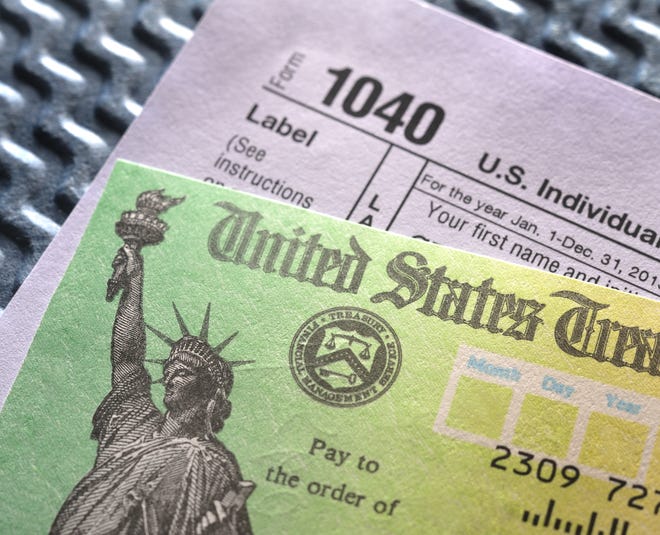A 403 (b) is the retirement planning vehicle used by nonprofit or other tax-exempt employers of nurses, doctors, teachers, professors, school staff, researchers, members of the clergy and some employees of government organizations. 403 (b) plans are named after the section of the Internal Revenue Service (IRS) code that created them.
© Klaus Vedfelt / Getty Images
What is a 403 (b) plan?
It has been estimated that 403 (b) plans cover about 20 percent of U.S. employees. But for some reason, they get a lot less press than 401 (k) plans, which are sponsored by private, for-profit companies. Like a 401 (k), however, a 403 (b) is a way for eligible employees to save for retirement through payroll deductions (also known as optional deferrals) based on a percentage of salary. or a fixed amount.

Loading error
Comparison of 403 (b) and 401 (k) plans
Like a 401 (k), 403 (b) plans can be funded with pre-tax or after-tax dollars. Pre-tax contributions grow tax-deferred until you withdraw them at retirement, when they are taxed as ordinary income. After-tax contributions, also known as Roth contributions, mean your money grows tax-free, and since you’ve already paid taxes on those contributions, you won’t pay tax on withdrawals made in retirement. .
Both plans include a 10 percent tax penalty for early withdrawals made before reaching age 59 1/2. Military reserve duty, permanent disability, or medical expenses exceeding a certain percentage of your adjusted gross income may make you eligible for a qualified distribution that does not trigger the penalty.
The 401 (k) and 403 (b) plans can allow loans, hardship withdrawals and an additional catch-up contribution for employees over 50. Contributing to your 403 (b) at least up to your employer’s matching amount is a good way to avoid leaving (almost) free money on the table.
403 (b) limits on employee voluntary deferral contributions
Employees can contribute up to $ 19,500 in 2021. People over 50 can also contribute an additional catch-up contribution of $ 6,500. Regardless of their age, employees with at least 15 years of service with the same employer and an average annual contribution of less than $ 5,000 per year may be allowed to defer an additional $ 3,000 per year beyond the limits. normal IRS deferral (up to a lifetime limit of $ 15,000 for this type of catch-up contribution).
For plans with employer contributions, you can contribute up to 100% of your salary, or $ 58,000, whichever is less. This limit is $ 64,500 if you are 50 or older. Contributions made in excess of the IRS optional deferral limits are made after-tax.
Benefits of 403 (b) plans:
- A 403 (b) plan allows you to save on a tax-efficient basis, deferring taxes on your income and any investment income or taking advantage of a tax-free benefit, depending on which plan you choose.
- 403 (b) employer contributions can vest more quickly than in 401 (k) plans.
- If you are no longer with your employer, the 403 (b) rules may be more flexible than the 401 (k) early withdrawal rules.
- You can contribute more to a 403 (b) plan each year than to an IRA.
Disadvantages of 403 (b) diets:
- 403 (b) plans may contain limited investment options that are not favorable to employees, such as low yield annuities, high fees and surrender charges. If you have a 403 (b) plan, look to invest in funds that offer relatively lower fees.
- 403 (b) plans without matching employer contributions do not include the protections of the Employees Retirement Income Security Act, which means there are no minimum standards for the plan. of retirement. The minimum standards include useful guarantees for savers.
- Like the 401 (k), 403 (b) plans also include the minimum required distributions. These are compulsory from April of the year following the age of 72, unless you are still employed.
How to choose investments in your 403 (b)
As mentioned above, the eligible investment options in your plan will charge you a fee (withdrawn from your balance on a monthly or quarterly basis), so knowing how much you are paying for the “privilege of investing†is very important. The fees are important, so you should read the plan prospectus (for mutual funds and variable annuities) or the contract (for fixed annuities) which describes the costs of the various investment options as well as the investment objectives, risk levels and performance history.
You should be able to find this information online through your plan administrator. However, speaking with someone in your employer’s human resources department can be helpful if you need additional help or clarification.
Decide how much to contribute
Since a 403 (b) can be an important part of your retirement income, in addition to Social Security and other investments or savings, experts advise contributing 10-15% of your salary and getting started. as soon as you become eligible. Bankrate’s retirement calculator can help you calculate how much to save for retirement based on your annual salary, contribution rate, age, expected rate of return, correspondence with employer (if applicable) and other relevant factors. .
Learn more:
Read on
 Resource KT
Resource KT



